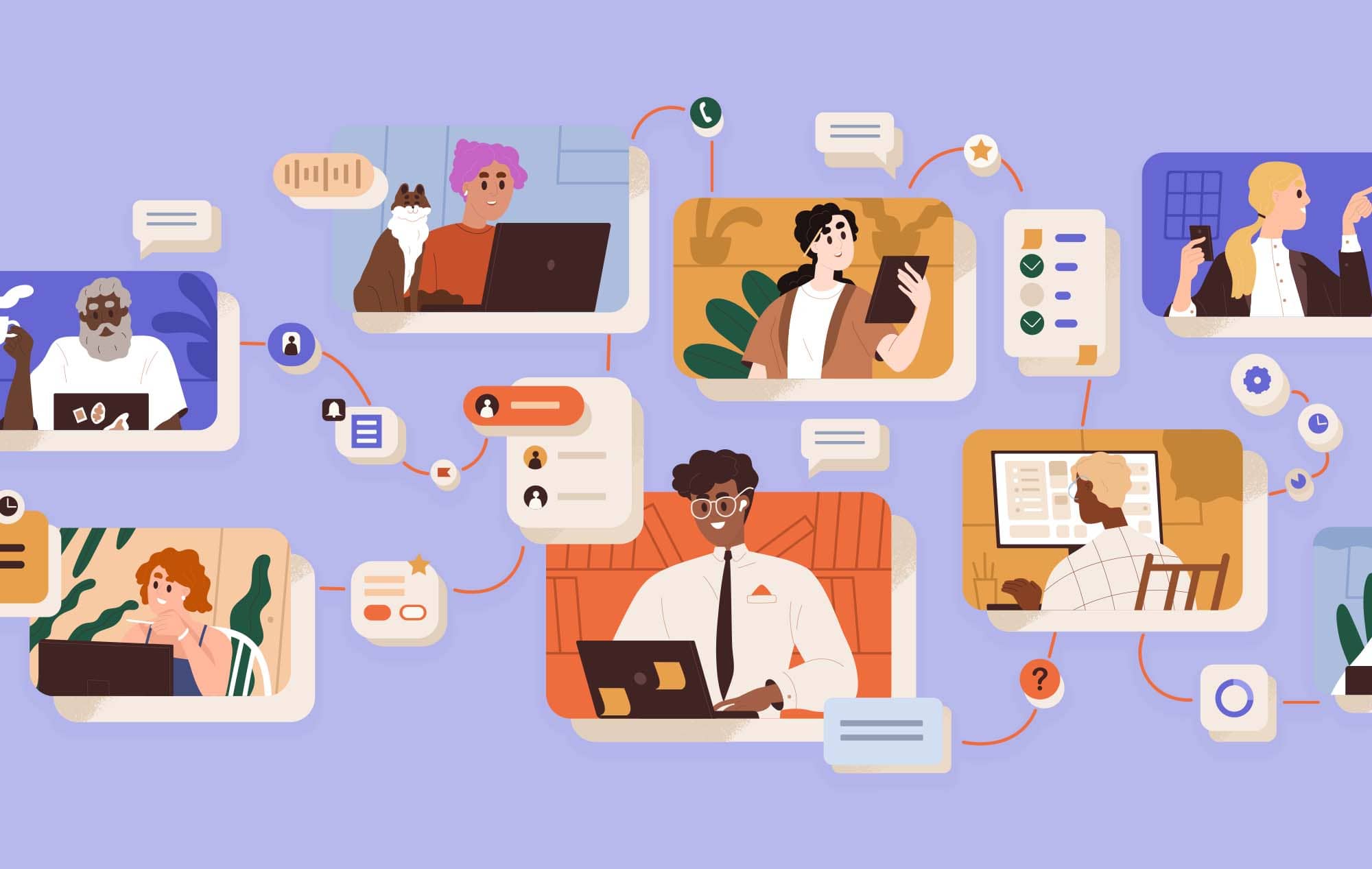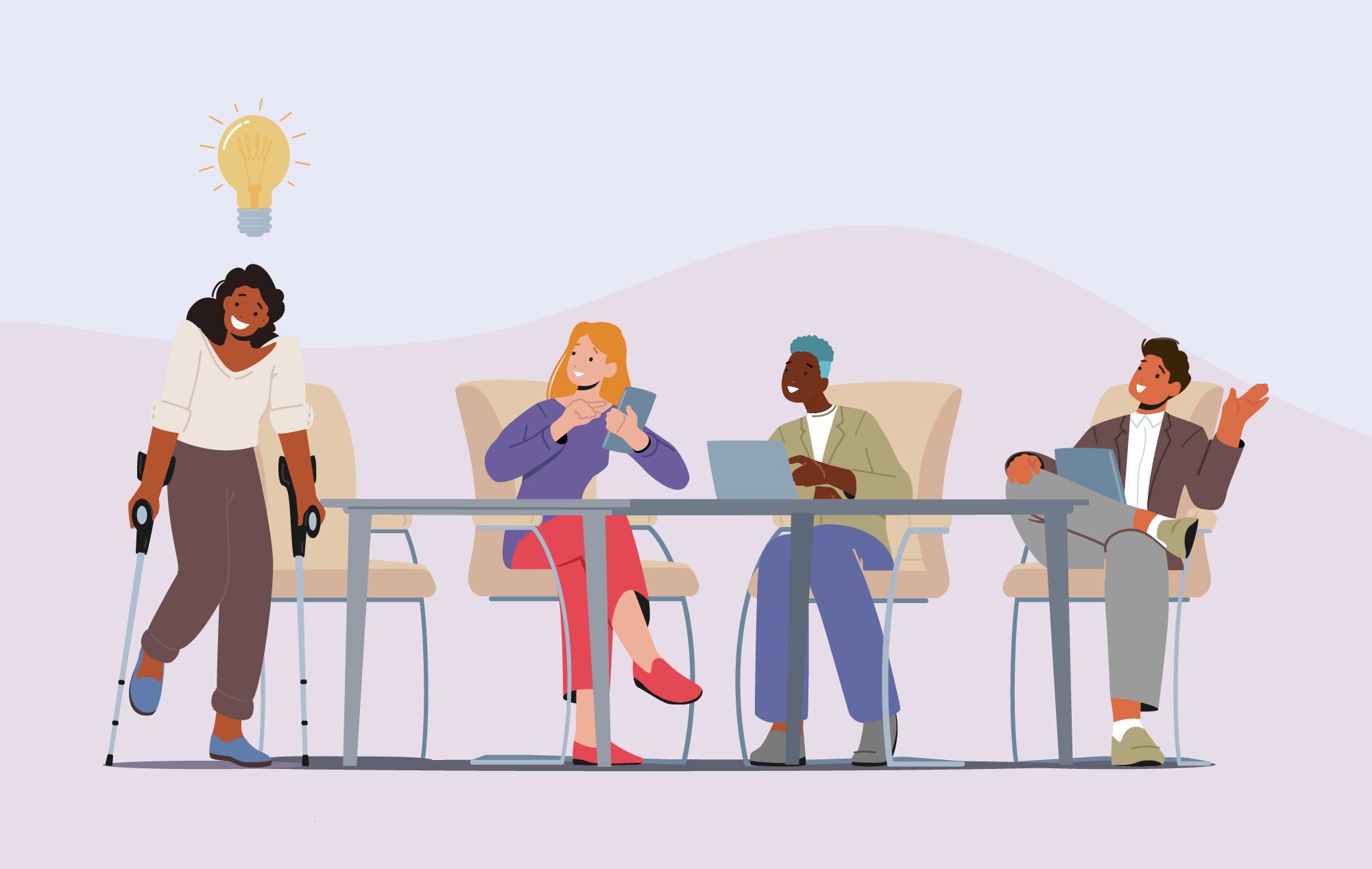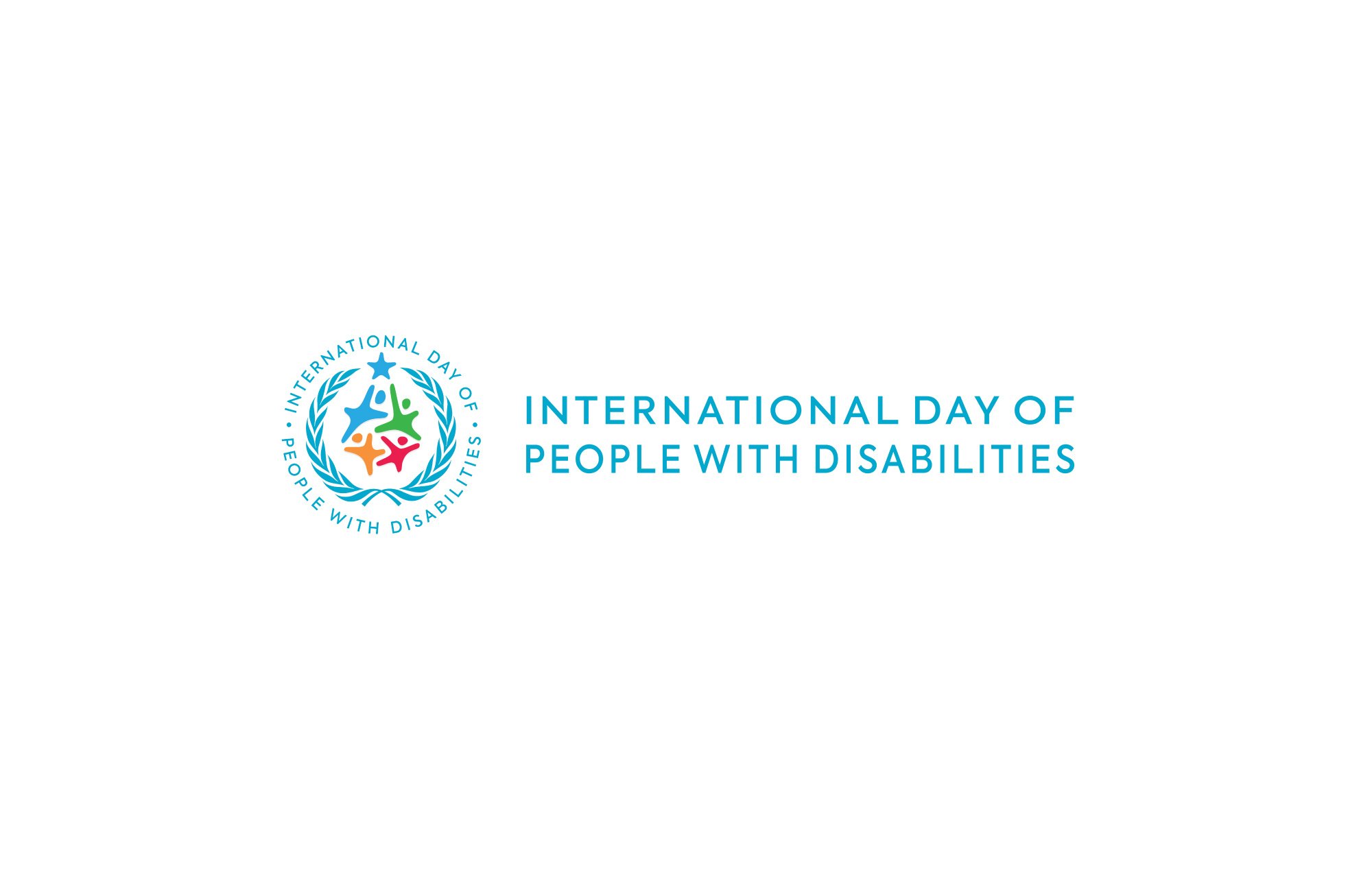Advancements in digital technology have made disseminating information to the masses quick and easy. Unfortunately, your audience might not be as big as you think. For millions of people with learning disabilities, some content may be prohibitively challenging to read. This effectively renders information that many take for granted inaccessible to others.
Luckily, by using simple, common-sense methods, your content can be more approachable for those with learning and other types of disabilities. The World Wide Web Consortium (W3C) Web Accessibility Initiative (WAI) maintains Web Content Accessibility Guidelines (WCAG) to provide guidance on supportive techniques.
How Does WCAG Apply to Learning Disabilities?
While cognitive and learning disabilities are distinct conditions, they can lead to similar accessibility issues. Therefore, WCAG groups them together. WCAG’s cognitive and learning disability guidelines fall into eight main objectives:
Help Users Understand Features & What They Do
Individuals with learning disabilities may become disoriented. Developing a clear relationship between controls and their effects can help minimize confusion.
- Help users understand the purpose and controls of your site
- Use a familiar layout, hierarchy, & design
- Keep the visual design consistent
- Clarify steps
- Identify controls
- Use consistent icons or imagery
Guide Users Through Your Site
Important tasks and features should be prominently displayed and easy to find for those with impaired executive function and learning disabilities.
- Steer readers towards what they’re looking for
- Have a clear site hierarchy
- Use a clear page structure
- Make the most important actions easy to find
- Separate long media into segments
- Include a search feature
Use Clear, Understandable Content
Users with learning disabilities may have impaired language skills, so using easy-to-understand words and sentences is essential to making your content accessible.
- Use clear language
- Keep your verb tenses & voice simple
- Do not use double negatives or nested clauses
- Focus on literal language
- Stay succinct
- Avoid complex or confusing formatting & punctuation
- Provide summaries
- Separate instructions
- Use whitespace
- Ensure the background doesn’t interfere
- Avoid implications & ambiguity
- Do not rely on numbers alone
Preventing Mistakes & Providing Easy Solutions
Make it easy for users to navigate through your website without making errors. Similarly, have mechanisms in place to help users correct errors with minimal effort.
- Controls & content should not move unexpectedly
- Make sure the back button works
- Disclose fees at the beginning of a task
- Design forms to limit errors
- Allow users to undo errors in forms
- Incorporate clear labels
- Provide instructions
- Accept format variations for inputs
- Avoid timeouts
- Give instant feedback
- Consider safety
- Use common metrics
Promote Focus
Many individuals with learning disabilities also have diagnosable ADHD or other notable problems maintaining focus. Taking steps to limit potential distractions can make it easier for users to complete tasks.
- Prevent interruptions
- Streamline critical paths
- Limit content
- Give information to help users prepare for tasks
Avoid Processes That Rely on Memory
Memory barriers, such as voice menus and passwords, are frequently more challenging for those with learning disabilities.
- Use a login that doesn’t require significant memory or cognitive skills
- Use a single-step login
- Have a login alternative
- Have an alternative to voice menus
- Do not expect users to perform calculations or memorize anything
Provide Assistance
If you don’t provide easy ways for users to seek help, you may never know that they’re experiencing obstacles. That’s why providing assistance is better for everyone involved.
- Offer human help
- Give alternatives for complex content and tasks
- Indicate the results & drawbacks of options
- Offer help for forms and controls that may be challenging
- Provide directions
- Include reminders
Allow Adaptation
Users with learning disabilities may rely on products that adapt or personalize the experience. Ensuring your site works with extensions, add-ons, and other assistive technologies can make it more accessible.
- Let users move or change content
- Allow extensions & APIs
- Enable content simplification
- Allow personalization of interfaces
Significance of WCAG for Learning Disabilities
Individuals with learning disabilities frequently face accessibility barriers because designers fail to take their needs into account.
“Oftentimes websites have so much information that they cram together on the page,” says learning disability influencer Jacquelyn Taylor. “This is not accessible for people with learning disabilities since it’s hard for us to pick out the important information and we get lost easily when reading.”
WCAG learning disability guidelines address this and other potential issues that may restrict access to content. Understanding and applying these guidelines can make a real difference in the lives of those with learning disabilities.
Check out our guide “Improving Digital Inclusion & Accessibility for Those With Learning Disabilities” to learn more.






Leave a Comment